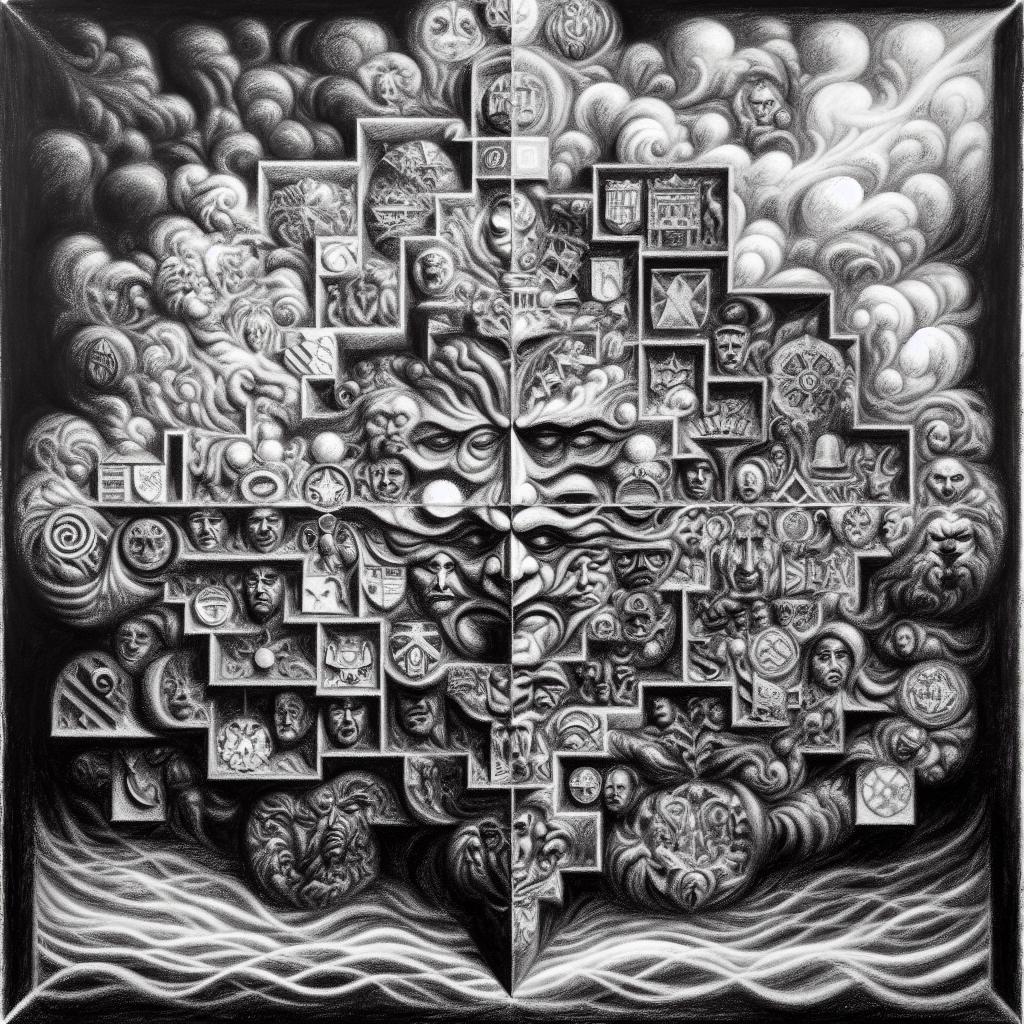Indian Prime Minister Narendra Modi’s Bharatiya Janata Party (BJP) has emerged victorious in the general election, though with a reduced majority, indicating a shift in the political landscape of the nation. The BJP is projected to secure between 240 to 292 seats, a decrease from the 303 seats won in 2019, while the Congress party, spearheaded by Rahul Gandhi, is expected to nearly double its seat count to around 98 to 99. This mixed result suggests that Modi will need to rely on coalition partners to form a stable government, marking a departure from the BJP’s previous standalone majority in parliament and signaling a return to coalition politics after a decade of single-party dominance and a significant achievement for the opposition which has been struggling to counter the BJP’s well-funded and well-organized campaign. The election was marred by allegations of voter suppression and intimidation, with the opposition accusing the BJP of using institutions to target its opponents. The results have sent shockwaves through the financial markets, with the Sensex index suffering its most significant drop in four years and the Indian rupee falling sharply against the dollar. Despite these setbacks, Modi is likely to return as Prime Minister for a third consecutive term, though his party’s reduced majority will require careful navigation of the coalition dynamics in the new parliament. The election saw a turnout of 66% of the 970 million eligible voters, with Modi himself winning his seat in the holy city of Varanasi.
Key points
- Narendra Modi’s BJP wins Indian general election but with a reduced majority, requiring coalition support.
- Congress party makes significant gains, nearly doubling its seats to around 98 to 99.
- Financial markets react negatively to the election results, with the Sensex dropping and the rupee depreciating.
Contradictions👾While the BJP is projected to win between 240 to 292 seats, the exact number remains uncertain as the results are finalized.



